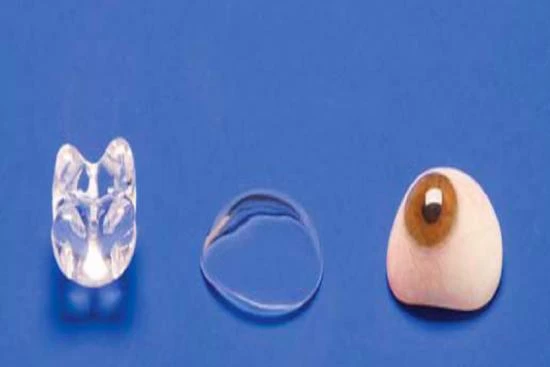Ocular enucleation, also known as exenteration, is a last-resort surgical procedure in Turkey in which the entire eyeball is removed. This radical surgery is considered when one eye is severely damaged or suffers from an incurable pathology that threatens the vision of the other eye.
Eye removal in Turkey : Best prices & assistance
The price of an eye enucleation in Turkey starts at 1,000 USD and can go up to around 2,000 USD. These prices are estimates only, so the actual cost of your treatment may vary depending on your case.
Turquie Santé opens the doors to renewed vision by connecting you with Turkey's top eye surgeons in state-of-the-art clinics and hospitals.
Your journey to restored vision begins with:
- A free teleconsultation with our experienced ophthalmologists to accurately assess your case.
- A personalized quote for eye enucleation in Turkey at an attractive price.
- Full support throughout your medical stay, from booking your appointment to your full recovery.
Turquie Santé is committed to providing you with a first class medical experience:
- VIP transfers from the airport, clinic or your hotel.
- Immediate attention from our dedicated team.
- A dedicated interpreter who speaks your native language for smooth communication.
- Provision of your medical reports in French and English.
- Immediate intervention in case of emergency or complication.
Contact us today to learn more about eye enucleation in Turkey! Let us guide you to clearer vision and a brighter future.










